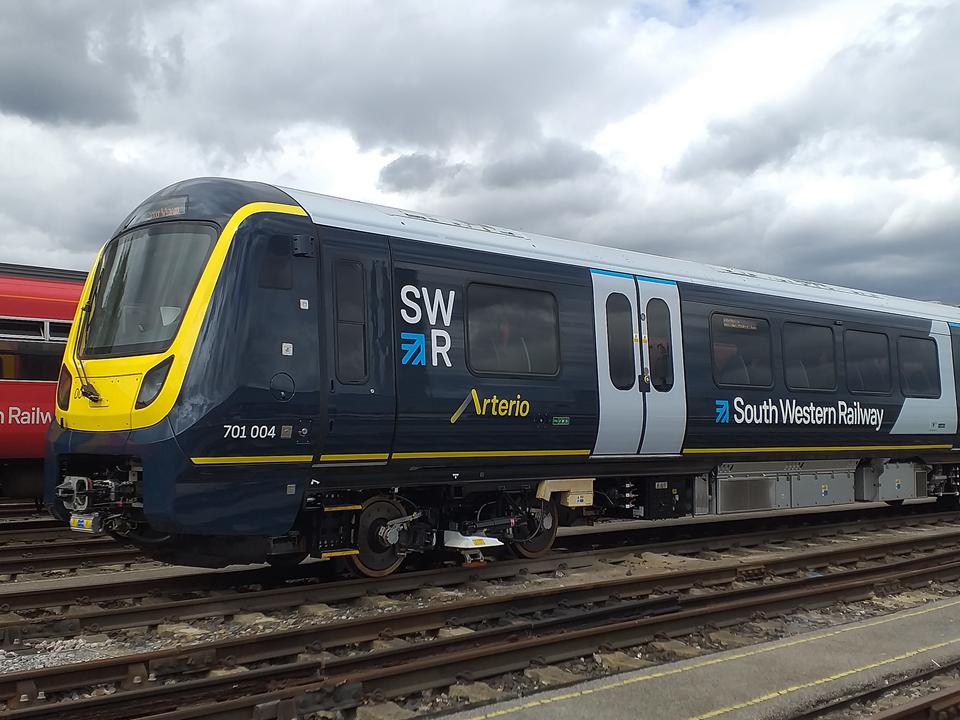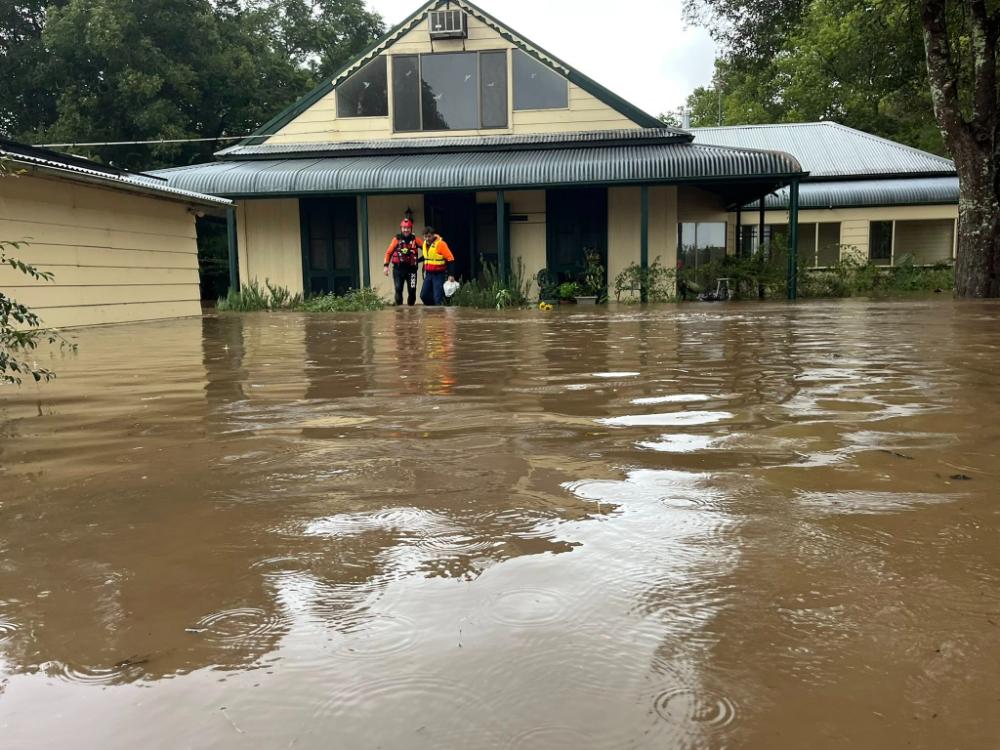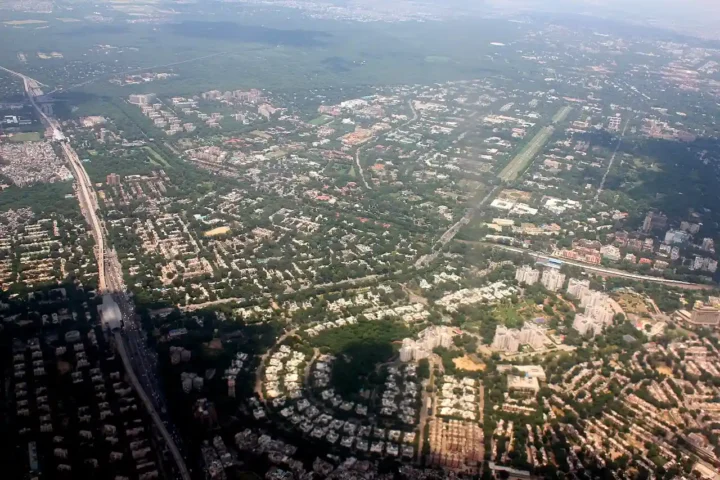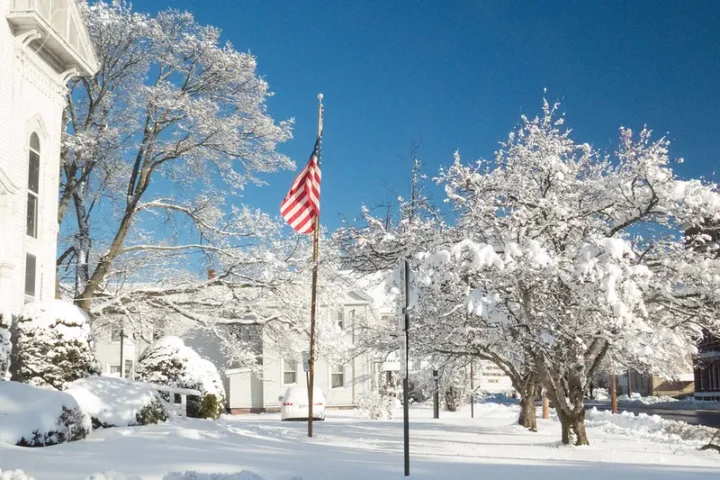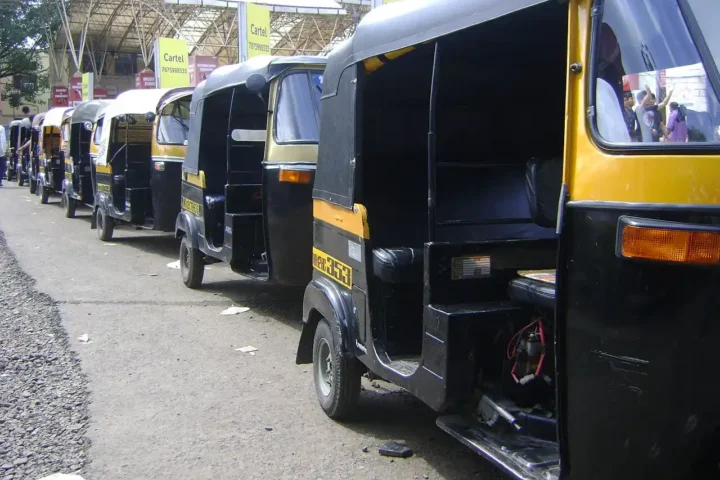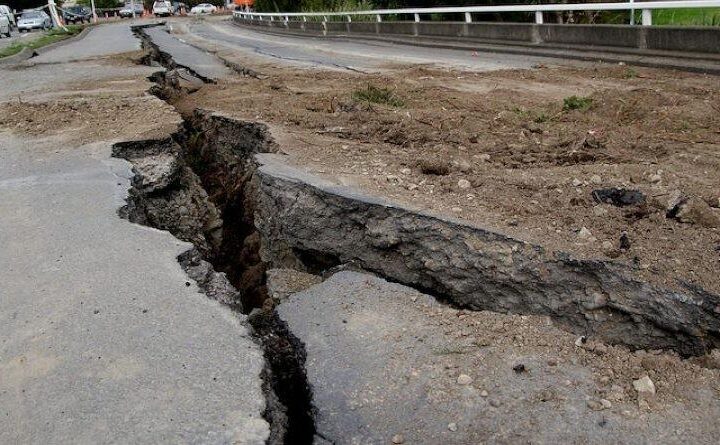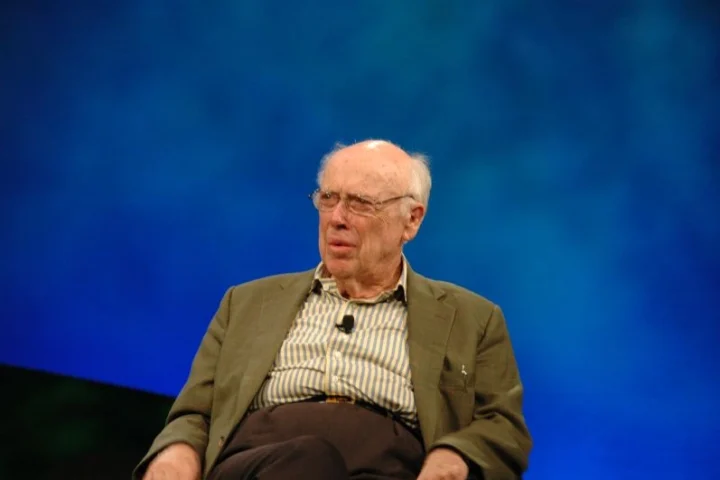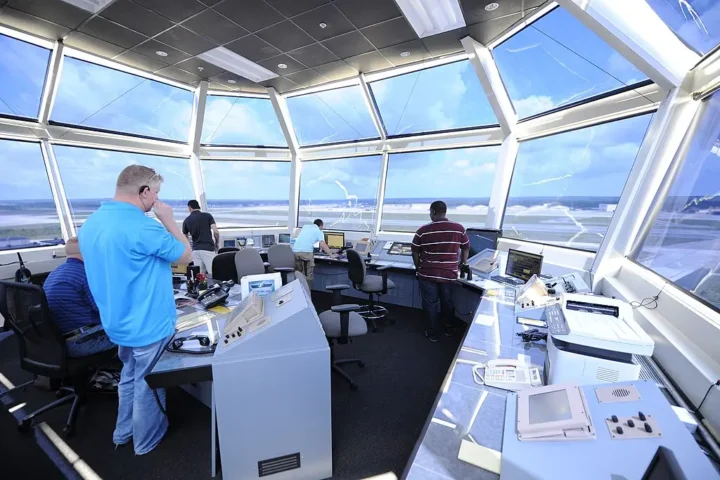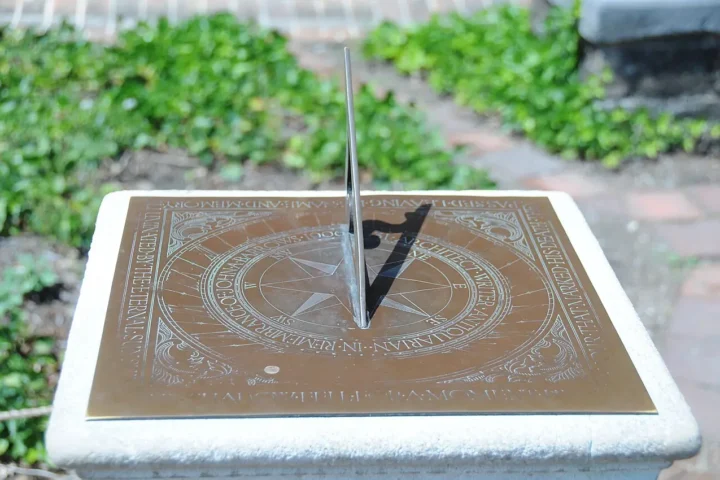South Western Railway (SWR) returned to public ownership on May 25, 2025, the first planned train company nationalisation under Labour’s rail reforms. The government called this a “watershed moment” for British railways, though passengers won’t see immediate changes to their journeys.
Transport Secretary Heidi Alexander didn’t promise cheaper tickets. “I can’t promise lower fares, but I can promise great value for money and that passengers will get a railway that works for them,” she told reporters. The government hopes to improve service quality and reliability instead.
The first nationalised service faced an early challenge. The 5:36 am train from Woking to London Waterloo on Sunday required passengers to transfer to a replacement bus at Surbiton due to scheduled engineering works. This highlighted that changing ownership doesn’t instantly fix infrastructure problems.
SWR is now run by DfT Operator Ltd (DFTO), a Department for Transport subsidiary. This forms part of Labour’s larger plan to bring all passenger rail services in England, Wales and Scotland under public control by 2027. c2c will follow in July 2025 and Greater Anglia in October 2025.
The November 2024 Passenger Railways Service (Public Ownership) Act allows the government to take train operators into public ownership as private contracts expire. These services will eventually join Great British Railways (GBR), a planned public body to oversee both rail infrastructure and train operations.
GBR itself doesn’t exist yet – Parliament must approve it later this year, with full establishment expected by 2026 or early 2027. Until then, DFTO will manage newly nationalised services alongside four operators already in public hands: LNER, Southeastern, Northern, and TransPennine Express.
Labour claims nationalisation will save taxpayers £150 million yearly by eliminating private sector payments and shareholder dividends. This money will go toward improving services rather than cutting fares immediately.
Similar Posts
Rail analyst William Barter noted, “The government could mandate fare cuts if it wanted to, but there’s no sign it wants to. At the moment, I’m sure they would want to keep the money rather than give it back to passengers.”
UK railways currently receive over £7 billion in government subsidies annually. Public ownership doesn’t guarantee better performance – Northern Rail has been state-run since 2020 but still experiences “more than 10%” cancellation rates, Alexander acknowledged.
Unions generally welcomed the move but voiced concerns about continued private sector involvement. RMT General Secretary Eddie Dempsey called it “a major step forward” but added that “the job is incomplete when our contracted-out members remain outsourced and not reaping the benefits of nationalisation.” This refers to workers like cleaners, security and gateline staff who remain with private companies.
The Conservatives challenged Labour to deliver results. Shadow Transport Secretary Gareth Bacon said: “Labour have talked up the benefits of renationalisation for years and they will now have to deliver on their promises of lower ticket prices, an end to all disruption and strikes and better onboard services. The alternative is that, as usual, British taxpayers have to foot the bill.”
FirstGroup, which ran SWR since 2017, defended its record, saying it made “hundreds of millions of pounds of improvements” to trains and customer service.
Public support for rail nationalisation remains strong. A September 2024 YouGov poll showed 66% support for public sector railway operations, with only 12% favoring private control.

Passengers won’t notice immediate changes – their tickets remain valid, and most staff keep their jobs. The newly nationalised trains feature the GBR logo and a union jack against a royal blue background, with “Great British Railways: coming soon” displayed on the carriages.
The real test comes over time as the government tackles deeper problems in British railways – from infrastructure limitations and capacity issues to delays and high ticket prices. As Alexander noted, “Public ownership alone is not a silver bullet and will not fix the structural problems hindering the railways currently. That will take time.”
